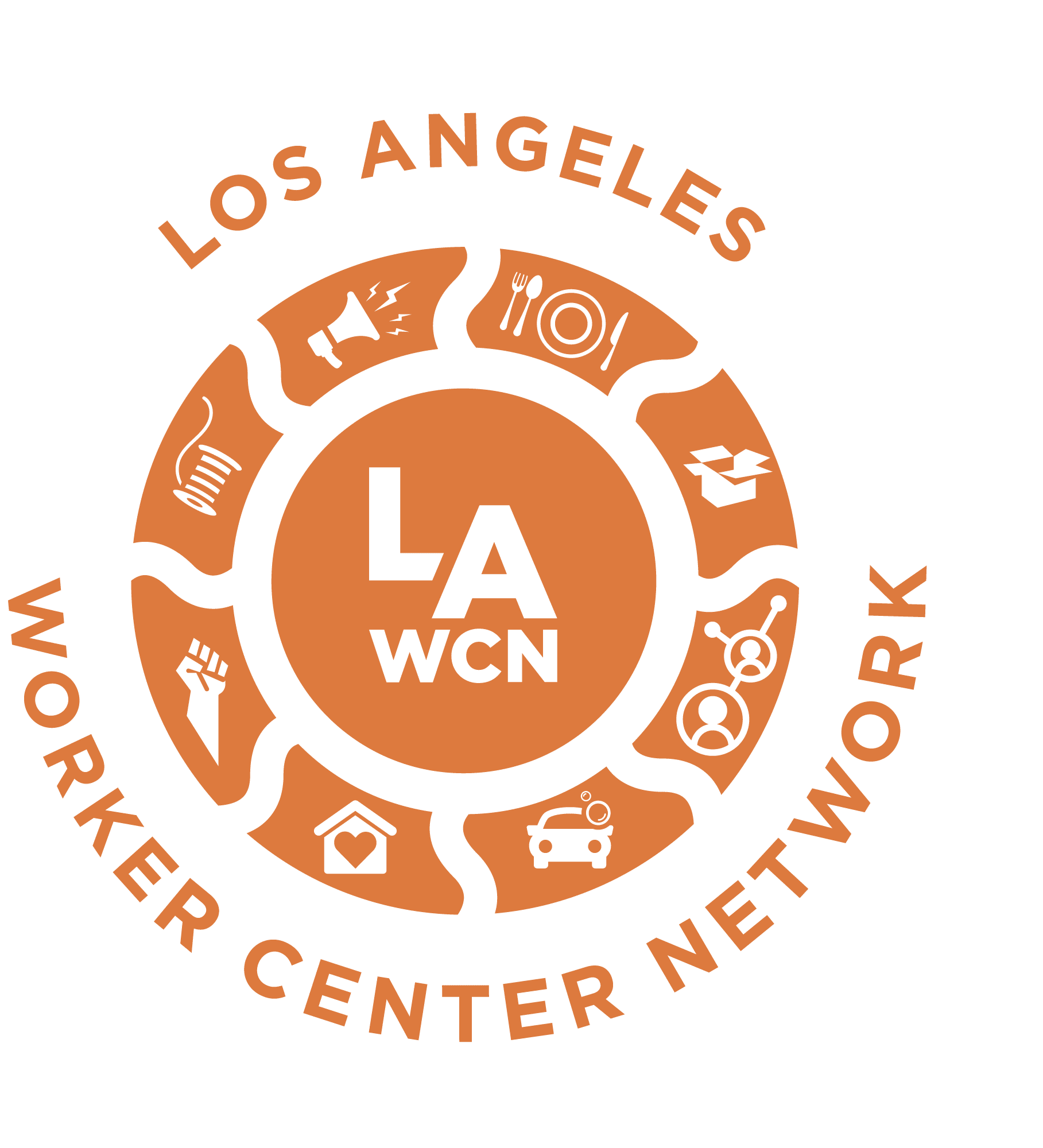
Workplace Conditions & Safety
Jump to: COVID-19 and the California COVID-19 Workplace Outreach Project (CWOP) / Warehouse Worker Safety / Protecting Garment Workers
A safe work environment is essential for both employees and employers alike. It is the right of all employees to have safety in the workplace.
In California, workers have the right to file a complaint about a workplace hazard with The State of California, Division of Occupational Safety and Health (Cal/OSHA), the state agency that investigates and enforces health and safety requirements in California workplaces.
For instructions on how to file a claim with Cal/OSHA, visit our Resources for Workers page.
California employers are also required by law to have workers’ compensation insurance, even if they have only 1 employee. If employees get hurt or sick because of work, employers are required to pay for workers’ compensation benefits.
COVID-19 and the California COVID-19 Workplace Outreach Project (CWOP)
Throughout the COVID-19 pandemic, Los Angeles Worker Center Network (LAWCN) member organizations continued to be at the frontlines of providing access to COVID-19 information, testing, and vaccines to thousands of workers.
In 2022, California committed $50 million over two years to expand a historic worker outreach program—California COVID-19 Workplace Outreach Project (CWOP)—that builds community resilience through workers’ rights education. Unfortunately, the governor has proposed eliminating the program’s second year in 2024.
LAWCN joins the California Coalition for Worker Power in demanding California continue investing in this highly effective program to empower workers in low-wage industries. Learn more about CWOP and take action >>


Warehouse Worker Safety
Warehouse workers face many hazards, including ergonomic risks, stress and fatigue, and heat illness. LAWCN member Warehouse Worker Resource Center (WWRC) organizes workers in the supply chains of major retailers, such as Amazon and Walmart, to hold the companies accountable through direct action, administrative and legal action, and policy.
As of January 2022, California law (AB 701) protects the health and safety of warehouse workers as it relates to workplace quotas. While the law does not forbid quotas, it prohibits them in certain circumstances. Most notably, it forbids quotas or performance-tracking algorithms that would impact a non-exempt worker’s right to rest periods or meal breaks.
WWRC and its partners are supporting warehouse workers across the state to develop campaigns and claims around quotas and ensuring that workers who face excessive rates have a recourse.
Protecting Garment Workers
Some of the most vulnerable workers in the nation are those in the garment industry because they work in dangerous buildings and are routinely exposed to high temperatures, harmful chemicals, and physical violence.
In addition to the overt physical safety risks, paying workers by the piece—and not by the hour—creates dangerous working conditions at garment factories, as workers try to work as quickly as possible to complete as many items as possible in a workday.
In 2021, the California State Legislature passed the Garment Worker Protection Act (SB 62), landmark legislation championed by LAWCN member Garment Worker Center and its allies, making California the first state to require hourly wages for garment workers.
In 2023, the Garment Worker Center, workers, and allies are championing the federal FABRIC Act, an enhancement and expansion of California’s Garment Worker Protection Act.
The Fashioning Accountability and Building Real Institutional Change—or FABRIC Act (S.4312)—, introduced in the Senate by Sen. Kirsten Gillibrand (NY) and in the House by Rep. Carolyn Maloney (NY), would protect nearly 100,000 American garment workers and revitalize the garment industry in the United States by investing in domestic apparel production, improving working conditions, and doing away with the piece-rate pay scale.

